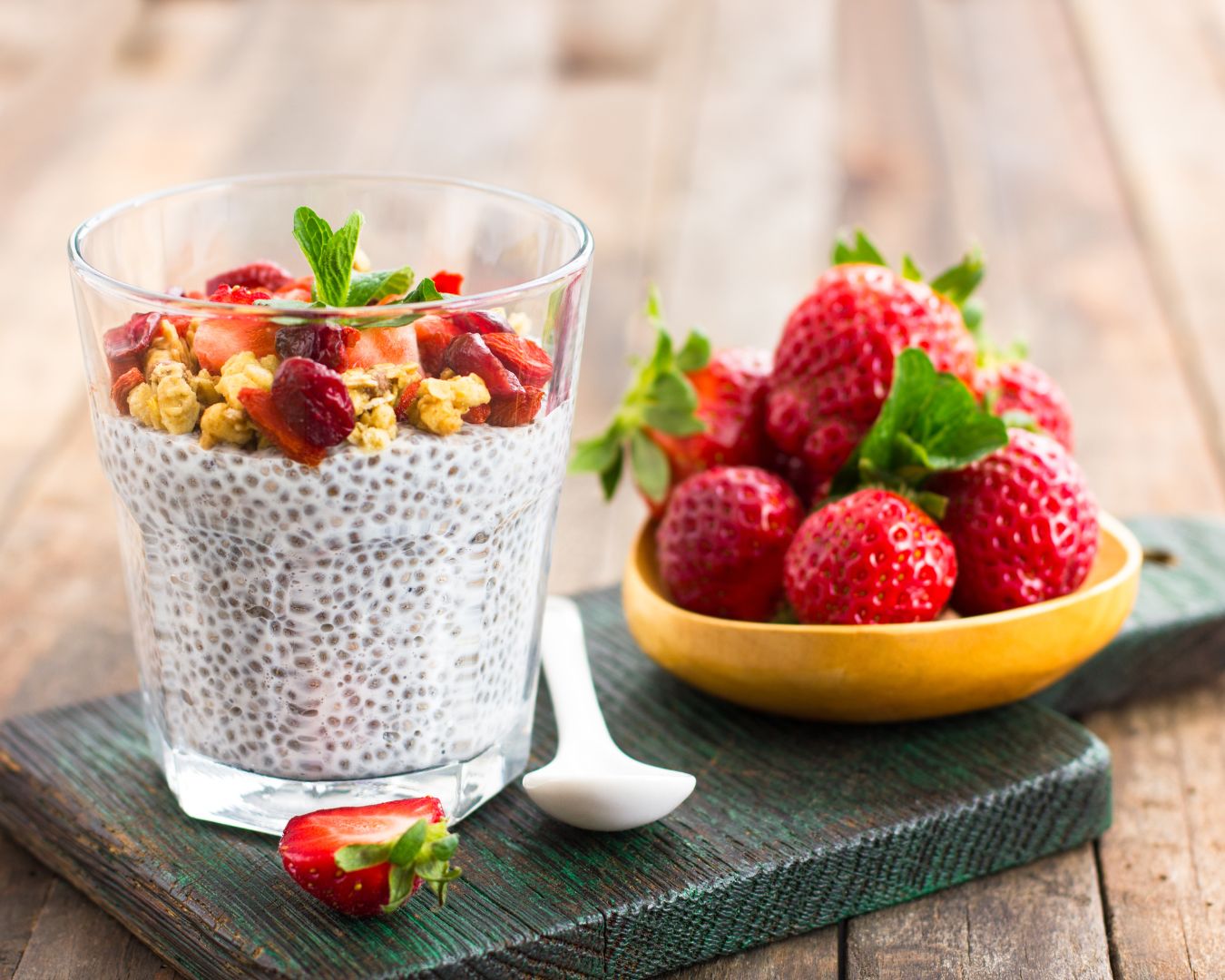Cooking and Baking with Seeds in the Kitchen: A Guide to Flavor and Nutrition
Seeds are a small but mighty ingredient in the kitchen. Packed with nutrients, flavor, and texture, they can elevate your cooking and baking in a variety of ways. Whether you’re sprinkling them on a salad or mixing them into your bread dough, seeds are versatile and easy to incorporate into your recipes. In this blog post, we’ll explore different types of seeds, their nutritional benefits, and creative ways to use them in the kitchen.
Common Types of Seeds and Their Nutritional Benefits
- Chia Seeds: These tiny seeds are rich in omega-3 fatty acids, fiber, and protein. They also absorb liquid, making them a great thickening agent for smoothies, puddings, and baked goods.
- Flaxseeds: Ground flaxseeds are often used in vegan baking as an egg substitute. They are high in fiber and omega-3s, and their mild nutty flavor pairs well with many recipes.
- Pumpkin Seeds: Also known as pepitas, pumpkin seeds are packed with magnesium, zinc, and healthy fats. They are delicious roasted and can be added to salads, granola, or eaten as a snack.
- Sunflower Seeds: Rich in vitamin E and healthy fats, sunflower seeds can add crunch and flavor to both savory and sweet dishes. They can be used whole or ground into sunflower butter for a nut-free spread.
- Sesame Seeds: Sesame seeds are commonly used in both cooking and baking, from coating breads to garnishing salads. They are a good source of calcium, iron, and antioxidants.
- Hemp Seeds: These seeds have a slightly nutty flavor and are a complete source of protein, making them ideal for plant-based diets. Hemp seeds are often sprinkled on yogurt, smoothies, or salads.

Cooking with Seeds: Adding Flavor and Texture
Seeds can be used in various ways to enhance your cooking. Here are some ideas:
- Salads: Toss a handful of roasted sunflower, pumpkin, or sesame seeds into salads to add a crunchy texture. Seeds can also be blended into salad dressings for added creaminess.
- Grain Bowls: Sprinkle chia, flax, or hemp seeds on top of grain bowls for extra protein and fiber. They can also add visual appeal with their different colors and sizes.
- Crusted Proteins: Use seeds to coat chicken, fish, or tofu for a crunchy exterior. A mix of sesame seeds and flaxseeds works wonderfully as a crust for baked or pan-fried dishes.
- Sauces and Pesto: Blend pumpkin seeds or sunflower seeds into your sauces, dips, or pesto for added creaminess and nutrition.
- Seed Crackers: Combine different seeds like chia, sesame, and flaxseeds with water and seasoning to create crunchy homemade seed crackers. These are perfect for snacking or serving with dips.
Baking with Seeds: Nutritional Boosts for Your Favorite Treats
Incorporating seeds into your baking is an easy way to boost the nutritional value of your recipes without sacrificing flavor. Here’s how you can use seeds in baked goods:
- Breads and Muffins: Add sesame seeds, poppy seeds, or flaxseeds to bread doughs or muffin batters for extra texture and nutrition. You can sprinkle seeds on top before baking for a decorative finish.
- Energy Bars and Granola: Mix seeds like pumpkin, chia, or sunflower into homemade energy bars or granola for a nutrient-dense snack that’s perfect for on-the-go.
- Seed-Based Flours: Use ground flaxseeds or chia seeds in place of some traditional flour in your baked goods. Flaxseeds are also a popular egg replacement in vegan recipes (1 tablespoon ground flaxseed mixed with 3 tablespoons of water equals one egg).
- Cookies and Brownies: Chia seeds or flaxseeds can add a subtle crunch to your cookies or brownies, while still keeping the dessert chewy and moist.

Homemade Seed Butters and Milks
Making your own seed butters and milks at home is simple and rewarding. Here’s how you can use seeds in homemade butters and plant-based milk alternatives:
- Sunflower Seed Butter: Roast sunflower seeds and blend them with a little oil and salt until smooth for a delicious, nut-free spread. You can use this as a topping for toast, in smoothies, or as a dip for fruit.
- Pumpkin Seed Milk: Blend soaked pumpkin seeds with water, a pinch of salt, and a sweetener like maple syrup to create a creamy, dairy-free milk. This milk is perfect for smoothies, cereal, or baking.
- Hemp Seed Milk: Blend hemp seeds with water for a quick and nutritious milk alternative that’s high in protein and omega-3s. No soaking is required for hemp seeds, making this milk a convenient option.
Tips for Cooking and Baking with Seeds
- Toast Seeds for Extra Flavor: Lightly toasting seeds in a dry pan or oven brings out their natural oils and enhances their flavor. Just be careful not to burn them—keep an eye on the seeds as they toast quickly.
- Store Seeds Properly: Seeds contain oils that can go rancid over time, so store them in an airtight container in a cool, dark place. For long-term storage, keep seeds in the refrigerator or freezer.
- Use Seeds as Toppings: Seeds make fantastic toppings for almost anything, from oatmeal and yogurt to roasted vegetables and baked goods. A simple sprinkle can add texture, flavor, and a nutritional boost.
Cooking and baking with seeds is a fantastic way to add flavor, texture, and nutrition to your meals. From chia seeds in puddings to sesame seeds on bread, the possibilities are endless. By incorporating seeds into your kitchen routine, you can enhance the health benefits of your favorite dishes while exploring new and exciting recipes. So the next time you’re cooking or baking, don’t forget to reach for the seeds—they might just become your new favorite ingredient!

